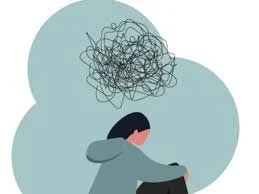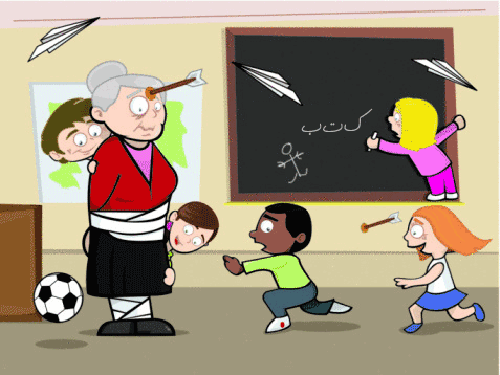Common Questions & Misconceptions
How common is ADHD?
According to the National Institute of Mental Health, ADHD occurs in an estimated 3 to 5 percent of preschool and school-age children. Therefore, in a class of 25 to 30 children, it is likely that at least one student will have this condition. ADHD begins in childhood, but it often lasts into adulthood. Several studies done in recent years estimate that 30 to 65 percent of children with ADHD continue to have symptoms into adolescence and adulthood.
What are the consequences of Untreated ADHD?
Family life may suffer. Untreated ADHD can increase strain between parents and children.
Teenagers with ADHD are at increased risk for driving accidents.
In a college student, this may cause an inability to focus and pay attention, an inability to start tasks, a hard time meeting deadlines and difficulty keeping up with workload.
Adults with untreated ADHD have higher rates of divorce and job loss, compared with the general population.
Smoking and ADHD: what’s the connection?
Research suggests that youth with ADHD are at increased risk for very early cigarette use. Cigarette smoking is more common in adolescents with ADHD, and adults with ADHD have elevated rates of smoking and report particular difficulty in quitting. Youth with ADHD are twice as likely to become addicted to nicotine as individuals without ADHD.
Misconception, Myths, Stereotypes:
Ø You have to be disruptive, loud, and energetic
Ø It is more common in boys
Ø It is a learning disability
Ø You grow out of in in adulthood
Ø It is caused by bad parenting and low discipline
Ø It is caused by consuming too much sugar
Ø Kids just want to misbehave
Ø It is bad to have ADHD
Ø You are just lazy and need to try harder
Ø ADD and ADHD are separate disorders
Ø Kids who take medication for this will be more susceptible to drug addiction
These false views of ADHD/ADD can have some seriously negative side effects such as:
Ø Leads to a lot of undiagnosed cases
Ø Leads to avoidance in seeking treatment and/or medication
Ø Makes people and kids have an overwhelming sense of guilt or dread
Ø Can cause food insecurity and eating disorders
Ø Have poor self-esteem
Ø Medical professionals are less likely to provide support and will wrongfully diagnose the condition
If you want to know more about what the misconceptions are, how they arose, and the science that debunks them, please visit the links below.
https://childmind.org/article/common-adhd-myths/
https://www.understood.org/en/articles/common-myths-about-adhd
This section was researched and written by Jessie Hope.


